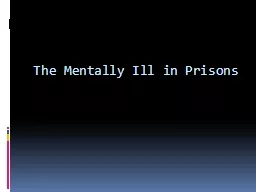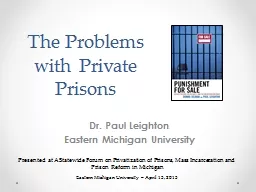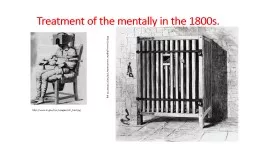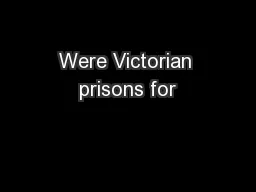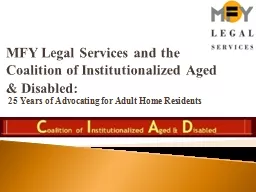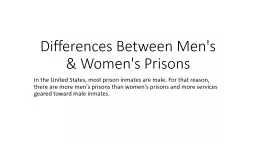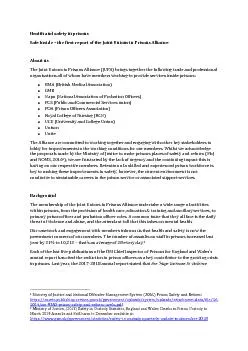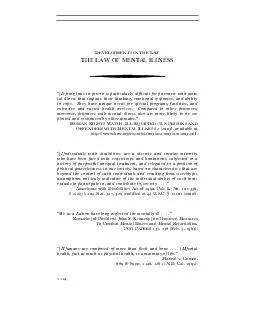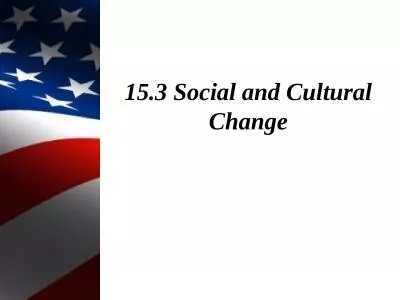PPT-The Mentally Ill in Prisons
Author : marina-yarberry | Published Date : 2018-03-19
Getting Started Definitions Prison Function Minimum Medium and Maximum Security Private Prisons Jail Function Gaines 2006 Mental disorder NAMIorg History Demonology
Presentation Embed Code
Download Presentation
Download Presentation The PPT/PDF document "The Mentally Ill in Prisons" is the property of its rightful owner. Permission is granted to download and print the materials on this website for personal, non-commercial use only, and to display it on your personal computer provided you do not modify the materials and that you retain all copyright notices contained in the materials. By downloading content from our website, you accept the terms of this agreement.
The Mentally Ill in Prisons: Transcript
Download Rules Of Document
"The Mentally Ill in Prisons"The content belongs to its owner. You may download and print it for personal use, without modification, and keep all copyright notices. By downloading, you agree to these terms.
Related Documents

